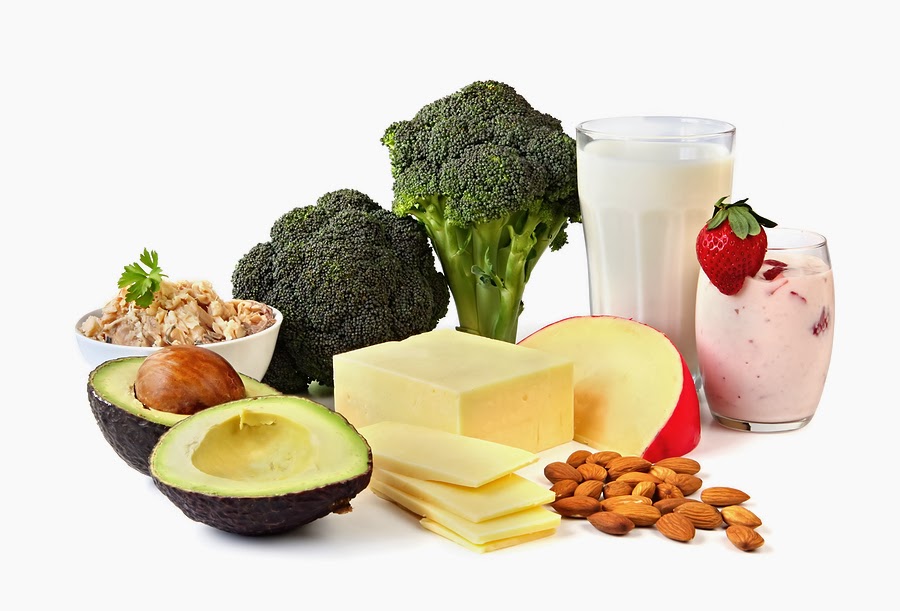About Becky
Rebecca Hamlin is a
Yarmouth Ice Club figure skater and coach, born and raised in Brewster , MA
Becky found her passion in
figure skating and competed for almost 8 years.
Her career ended abruptly when she had to choose between figure skating
and college.
About Renee
When Becky began private
lessons, she was coached by Renee Roos.
A former figure skater, Renee came from a big skating family as her
sister Nicole moved away at age 14 to train with Olympic and World Skating coaches
Evy and Mary Scotvold.
Renee began coaching in
1990 and has been involved with the Yarmouth Ice Club since 1992. This was around the time she met Briana Lackenby, who was finishing up her career as an amateur and
eventually started coaching.
 |
| Becky with her coach of 18 years. |
The Relationship between Becky, Renee, and Briana
Renee coached Becky
throughout her career. When Becky pulled
away from the sport, she was not ready to quit.
She attended New England
College
When Becky returned, the
Yarmouth Ice Club was in need of coaches.
She spent the summer as a mentor and started taking on her own
students. Reconnecting with the rink
felt right and Becky knew it was meant to be.
She missed competing and knew she had unfinished business.
The relationship between a
coach and student is special. Renee
began coaching Becky again as an adult and Becky also linked up with Briana for
help with choreography. Becky looks at
Renee and Briana as a coach, mentor, and a friend. According to Becky, Renee is “tough when she
needs to be and always there for me” while Briana is like a big sister to
her. “I am inspired by Bree’s strength
every day. She has helped me
tremendously and really built up my confidence over the last couple of months.”
“When you take on a new
student, you are not just a coach. You
become much more involved in a student’s life,” says Renee. The relationship is built around trust.
Trust is also a big part
of why Briana fits right into the team.
According to Renee, “Bree is a miracle worker.” Anytime Renee or her students faces a
setback, Renee always sends her students to see Briana for physical
therapy. She is a huge referrer of Cape
Cod Rehab, especially because of the pool.
Becky: Then vs. Now
Becky is the only student
Renee has ever coached as both a kid and an adult. As an adult figure skater, Renee had to
really slow Becky down. She had to face
reality that she was no longer 8 years old and it’s a completely different
ballgame as an adult.
“As a kid, it’s all about
jumping. We tried to take what she did
as a kid and make it even better now,” said Renee. Becky began to think about the process and understand
what her coach was telling her. The
former “gym rat,” Becky used to be in the gym 7 days a week and on the ice for
2 hours per day. As an adult, she
training 3-4 days per week on the ice and has been leaning the importance of
recovery.
Becky’s
mindset as an adult has also changed.
She is skating for the sheer joy and self-satisfaction. Her training mindset is “You just gotta do
it. You need to be here.” Becky quit her other job to focus on her own
students. When she competed in middle
school and high school, she gave up a lot and her mom sacrificed a lot for
her. “These kids are counting on
me. My mom used to do it for me and I just
want to give these kids the opportunity to be the best that they can be.”
Renee added, “Becky uses
figure skating as therapy to escape. She
leaves everything at the door and she comes on the ice to do what she loves.” Becky agreed.
She can’t imagine her life without it.
Adult Nationals
At Adult Nationals, Becky
will be competing with her first competition as an adult and her first program
in 10 years. She will be skating in the
Intermediate Novice Master’s Free Skate.
Her music: Romeo and Juliet.
“Becky struggled a
lot. She never had closure. This competition is about coming back to
finish what she started. It didn’t work
as a kid and she’s back to make it work in her 20s,” said Briana.
With two weeks to go until
competition, Becky is feeling confident and excited. “I still have it in me. I’m ready.”
Blog post by Jen Skiba.































